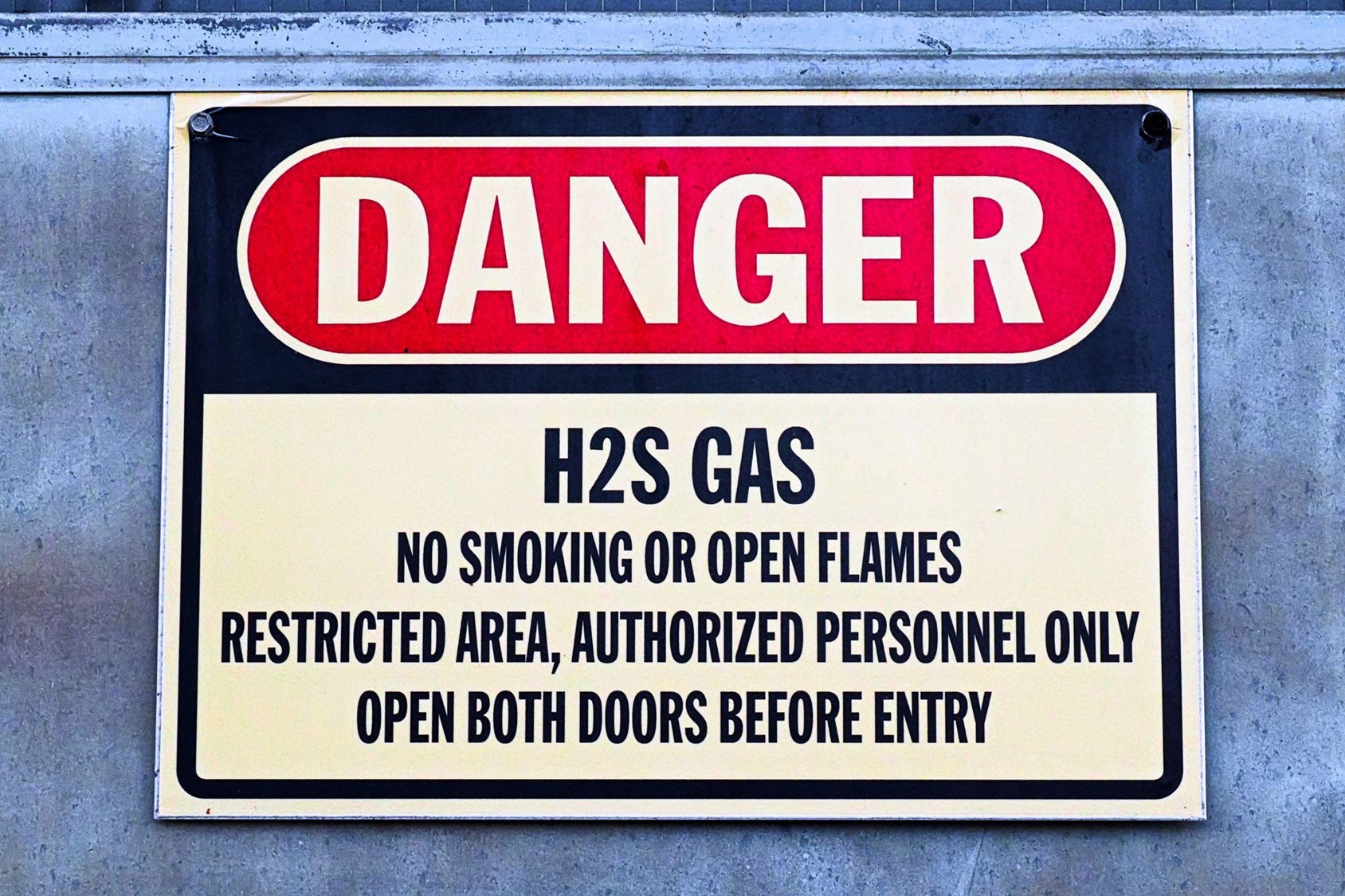In the quest to combat environmental pollutants, hydrogen sulfide (H2S) presents a formidable challenge. Known for its pungent odor reminiscent of rotten eggs, H2S is not only a nuisance but a hazard, with implications for both health and safety.
Industries grappling with H2S emissions seek solutions that promise not just effectiveness but also efficiency and minimal environmental impact. Among these solutions, advanced chemical treatments stand out, offering a beacon of hope for hydrogen sulfide treatment with their innovative approaches and cutting-edge technology.
Understanding Hydrogen Sulfide
Hydrogen sulfide emerges from both natural and anthropogenic sources, including decaying organic matter, industrial processes, and wastewater treatment.
The risks associated with H2S span from acute health hazards—such as respiratory issues and neurological effects—to potential safety risks, including explosions and fires in high concentrations. Moreover, its environmental footprint, contributing to acid rain and corroding infrastructure, underscores the urgency in managing H2S emissions effectively.
Chemical Treatment Methods for H2S Abatement
Chemical treatments for hydrogen sulfide abatement have evolved, driven by the dual demands of efficiency and environmental stewardship. These methods, grounded in chemistry and engineering, offer tailored solutions to the H2S challenge.
Oxidation Processes
At the heart of H2S abatement is the chemical oxidation process, transforming H2S into less harmful substances through the action of oxidizing agents. Commonly employed chemicals include chlorine dioxide and hydrogen peroxide, selected for their reactivity and effectiveness. The oxidation process not only neutralizes H2S but does so with speed and precision, making it a go-to method for industries facing significant H2S challenges.
Advantages of Oxidation
Oxidation processes are prized for their rapid action and adaptability to varying H2S concentrations, offering a versatile solution applicable across different settings.
Considerations
Despite their benefits, oxidation methods require careful handling of chemicals and consideration of by-products, emphasizing the need for expert implementation and environmental compliance.
Adsorption Techniques
Adsorption stands as a physical method of H2S removal, capturing gas molecules on the surface of solid adsorbents. Activated carbon and metal oxides are among the preferred materials, owing to their high surface area and affinity for H2S.
Mechanisms of Action
The success of adsorption lies in the interactions between H2S molecules and the adsorbent’s surface, a process influenced by the characteristics of both the adsorbent and the gas stream.
Renewability and Recycling
A notable advantage of adsorption is the potential for regenerating adsorbents, offering a sustainable aspect to this chemical treatment method.
Precipitation Methods
Precipitation chemistry provides another avenue for H2S abatement, involving the conversion of dissolved H2S into insoluble compounds that can be easily separated from the water phase.
Benefits
This method is particularly effective in water treatment scenarios, where it can be integrated into existing processes to remove H2S without significant modifications.
Limitations
The effectiveness of precipitation depends on the chemical properties of the water and the precise control of treatment conditions, highlighting the importance of customization in chemical treatment strategies.
Recent Advances in Hydrogen Sulfide Treatment
Innovation in chemical treatments for H2S abatement reflects the ongoing quest for more effective, efficient, and environmentally friendly solutions. Recent advances have seen the emergence of nanotechnology and biodegradable chemicals, pushing the boundaries of what’s possible in H2S treatment.
Nanotechnology in H2S Abatement
The advent of nanotechnology in H2S abatement harnesses the unique properties of nanoparticles to enhance chemical reactions, offering increased reactivity and specificity in the oxidation and adsorption processes. This approach promises greater efficiency and lower doses of treatment chemicals, aligning with sustainability goals.
Biodegradable Chemicals
The development of biodegradable chemicals as part of the hydrogen sulfide removal process marks a significant step forward in environmental protection. These eco-friendly alternatives provide effective H2S abatement while minimizing the ecological footprint of chemical treatments, offering a path to compliance with stringent environmental regulations.
Choosing the Right Hydrogen Sulfide Treatment Strategy
Selecting an appropriate hydrogen sulfide treatment strategy involves balancing factors such as the specific H2S challenge, operational considerations, and environmental impact. The diversity of chemical treatment methods available underscores the importance of a tailored approach, informed by expert analysis and site-specific assessments.
As industries work through the complexities of H2S abatement, the role of advanced chemical treatments—backed by ongoing research and innovation—remains central to achieving both operational excellence and environmental stewardship.
Conclusion
The battle against hydrogen sulfide emissions is a critical front in the broader fight for environmental protection and industrial safety. Advanced chemical treatments for hydrogen sulfide abatement represent a confluence of science, technology, and sustainability, offering solutions that meet the demands of efficiency, effectiveness, and environmental responsibility.
As we move forward, the evolution of these chemical treatments will continue to play a pivotal role in managing H2S emissions, reflecting the dynamic interplay between industry needs and environmental imperatives.
For industries and stakeholders seeking to address their hydrogen sulfide challenges with state-of-the-art chemical treatments, partnering with a knowledgeable and experienced provider is key. 21st Century Energy Solutions Inc. stands at the forefront of this field, offering innovative equipment and fluid solutions designed for optimal hydrogen sulfide treatment.
Our commitment to innovation, coupled with a deep understanding of our customers’ unique needs, positions us to offer tailored solutions that not only resolve immediate H2S issues but also contribute to a cleaner, healthier, and more sustainable future.
If you’re navigating the complexities of hydrogen sulfide treatment and looking for a partner to help unlock the potential of advanced chemical treatments, contact us to learn more about how we can work together to achieve your objectives.

